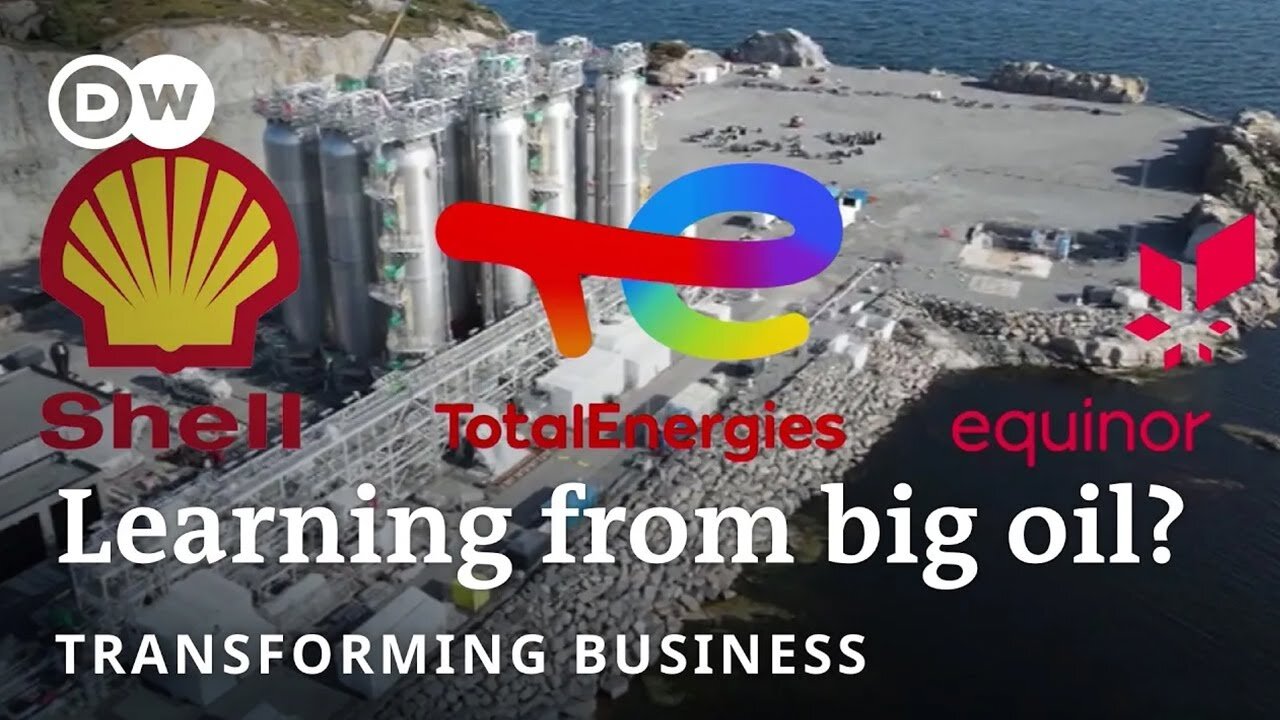Premium Only Content

Why Norway and the US are leading the way in this game-changing technology | Transforming Business
Carbon capture and storage is a hot topic right now — including in Germany, where the technology is still banned. The U.S. and Norway, by contrast, have been using CCS for decades. The oil and gas industries there have amassed a great deal of know-how regarding the capture and storage of CO2. Both countries are now looking to ramp up the technology with tax incentives and subsidies, in the U.S. by way of the Inflation Reduction Act and in Norway by way of the prestigious Longship project. And now Germany is also set to change course, announcing plans to implement the technology in ‘hard to abate’ sectors. Those include the cement, chemicals and steel industries, for which there is no technological solution to achieve climate neutrality. So how does CCS actually work? Is it an effective technology at reducing emissions? What are the U.S. and Norway doing to incentivize the technology? And did Germany make a mistake with its more hesitant strategy?
Chapters
0:00 Intro
0:57 How does Carbon Capture and Storage work?
1:43 CCS for ‘hard-to-abate’ industries
2:47 Banned in Germany
3:41 The Norwegian example
4:50 The Northern Lights project
6:30 Carbon Capture and Storage in the U.S.
7;33 The role of oil and gas companies
8:27 What do Europeans think?
9:38 What’s changing in Germany?
10:57 What are the risks of CCS?
11:52 Outro
-
 7:32
7:32
CoachTY
14 hours ago $10.01 earnedWHALES ARE BUYING AND RETAIL IS SELLING. THIS IS WHY PEOPLE STAY BROKE!!!
76.7K8 -
 1:01:00
1:01:00
Talk Nerdy 2 Us
11 hours ago💻 From ransomware to global regulations, the digital battlefield is heating up!
29.7K1 -
 3:00:24
3:00:24
I_Came_With_Fire_Podcast
13 hours agoHalf the Gov. goes MISSING, Trump day 1 Plans, IC finally tells the Truth, Jesus was NOT Palestinian
70.8K29 -
 4:11:49
4:11:49
Nerdrotic
16 hours ago $37.75 earnedThe Best and Worst of 2024! Sony Blames Fans | Batman DELAYED | Nosferatu! |Friday Night Tights 334
186K32 -
 7:55:51
7:55:51
Dr Disrespect
20 hours ago🔴LIVE - DR DISRESPECT - WARZONE - SHOTTY BOYS ATTACK
238K33 -
 1:30:23
1:30:23
Twins Pod
19 hours agoHe Went From MARCHING With BLM To Shaking Hands With TRUMP! | Twins Pod - Episode 45 - Amir Odom
145K31 -
 1:02:30
1:02:30
Exploring With Nug
21 hours ago $4.33 earned2 Duck Hunters Missing After Kayak Capsizes!
72K4 -
 46:48
46:48
Mally_Mouse
14 hours agoLet's Hang!! -- Opening Christmas gifts from YOU!
76.4K1 -
 44:55
44:55
Athlete & Artist Show
20 days ago $2.06 earnedNHL 4 Nations Snubs, Was Hawk Tuah Coin A Scam?
72.7K -
 33:47
33:47
Stephen Gardner
20 hours ago🔥Pentagon Whistleblower UNLEASHES on Biden and Obama!
130K288